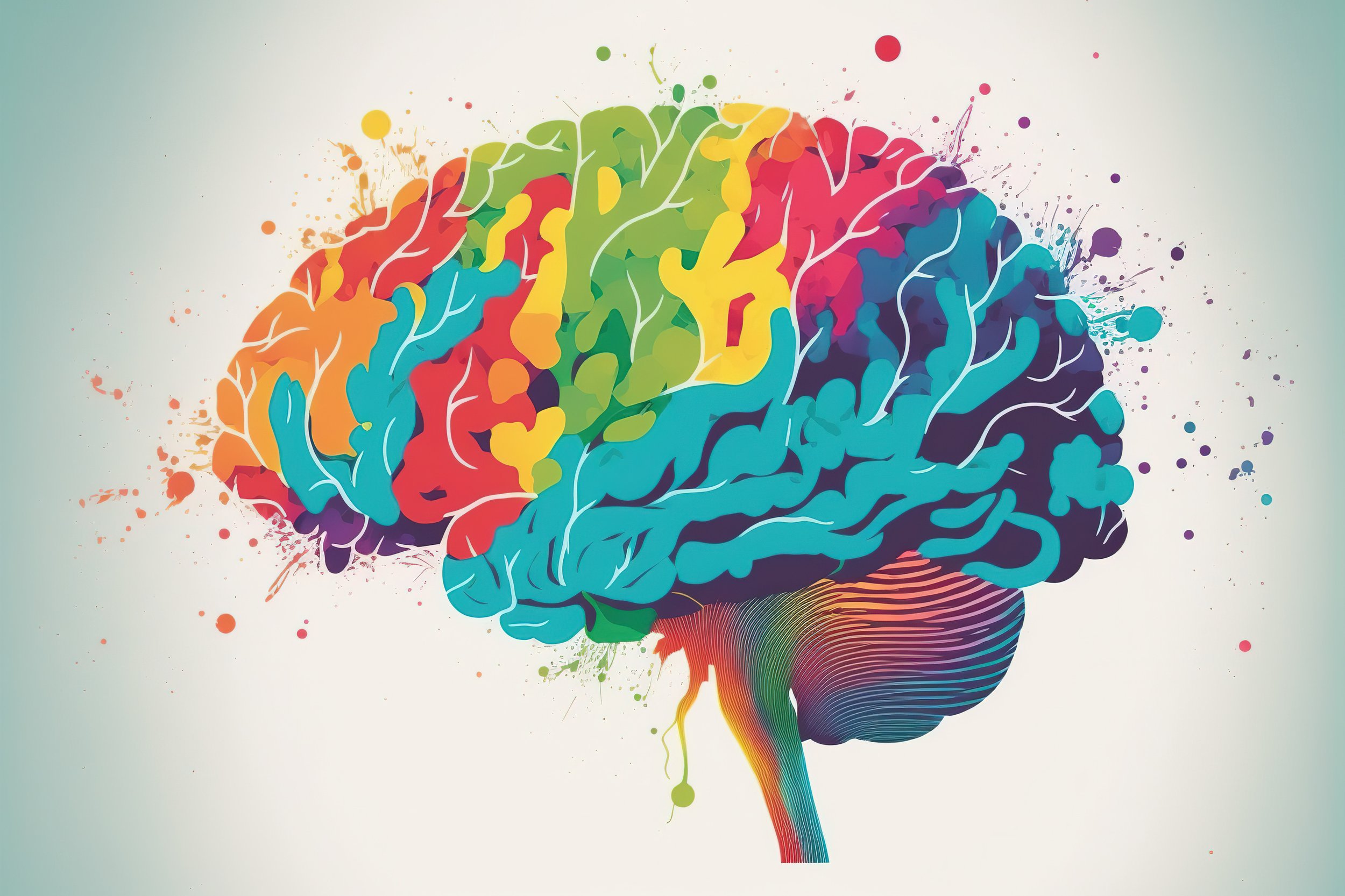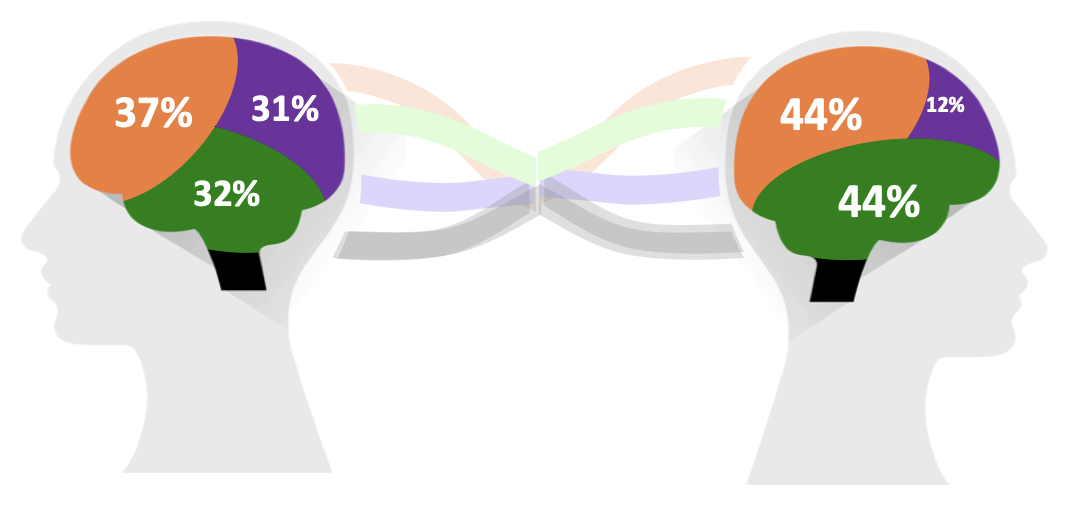
Brain Surgery Insights.

Important Tenets of Neuroscience in Marketing
Marketing is all about influencing the decision-making process. However, to do that, marketing strategies must target key factors that affect the customer’s mindset when making these buying decisions, including risk, uncertainty, and gain. This is where a deep understanding of Neuroscience comes into play and can help marketers craft more effective marketing strategies by understanding how the brain processes and assigns value to information allowing for a clearer understanding of the customer’s mind. (1,2).

Why Marketing Neuroscience is Critical in Today’s Marketing Environment
The rise of digital media means that all marketing now requires “always-on” brands.
As Heinz Marketing president Matt Heinz explains, “We don’t control when we have access to the buyer; we don’t get to control when they have access to us. We need to be ready when they are ready, and ideally it’s not just when they want to learn about your product.”
Today, marketers know they need an always-on awareness of how customers/prospects think – often informed by what people say in social media – as well as how they behave, in terms of ad response and sales.
But the most critical aspect is often missing – an always-on knowledge of how customers/prospects feel, because that’s what drives what they think and how they ultimately act.
When marketers are unaware of their customers’ often unspoken emotional priorities, it’s very easy to drift out of sync. Every social media kerfuffle, every sales trend, every data point can pull your attention away from how your customers really choose, decide, and act.
To avoid these and other costly errors, it’s important to understand how decisions happen inside the brain.

What Are “Emotional Priorities” and “Emotional Drivers” and Why do They Matter?
Conventional marketing theory teaches that buyers are rational, especially in high-stakes markets.
A given buyer values a certain set of features and benefits, and if these are offered up in an appealing way the buyer will buy whatever the marketer is selling.
That’s nice in theory, but advances in neuroscience have revealed that it doesn’t work that way at all.
First, you need to get the buyer to listen.
There are thousands of ways open a conversation that turn a buyer off, but only 2 or 3 that can get them to listen How can marketers do better than the occasional lucky guess?
To successfully open a conversation, marketers must first understand the buyer’s emotional priorities. These are the things that matter most to people as they look at themselves within the context of a category. Most of the time these emotional priorities are held closely and are not easily revealed.
More than 85% of all decisions are guided by these often-unspoken emotional priorities. Understanding the buyer’s unspoken emotional priorities is what makes buyers willing to listen – “OK, you get me, maybe this is something I should care about.”
